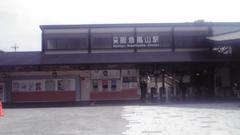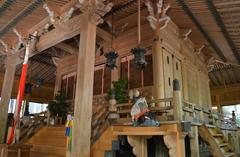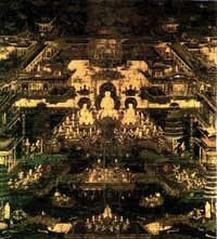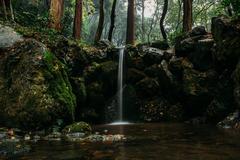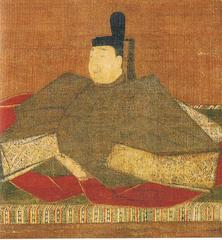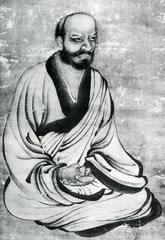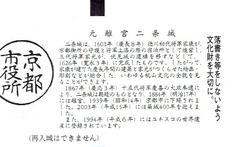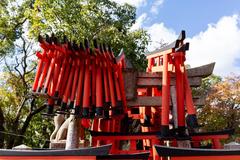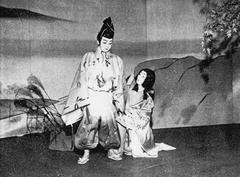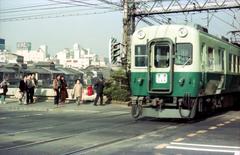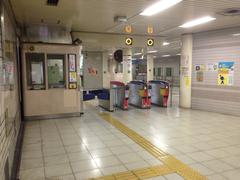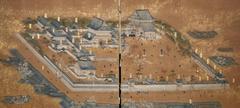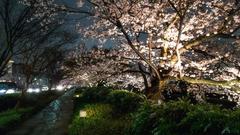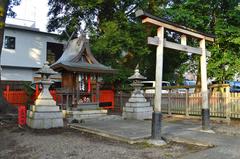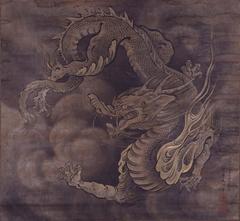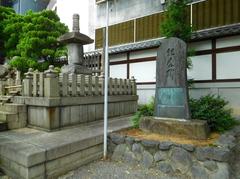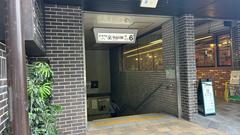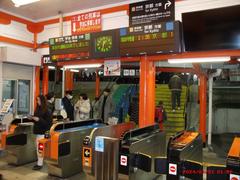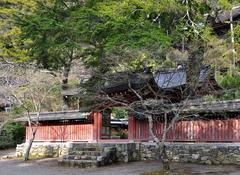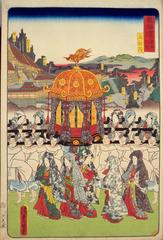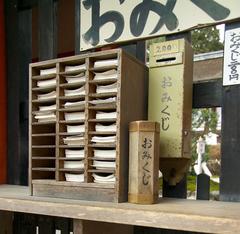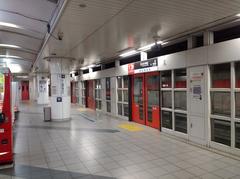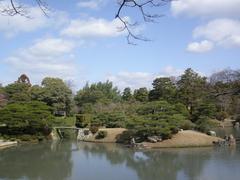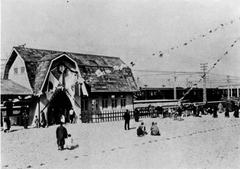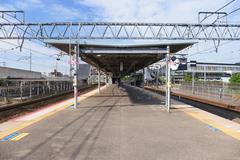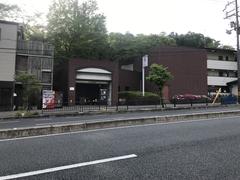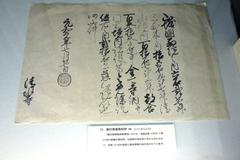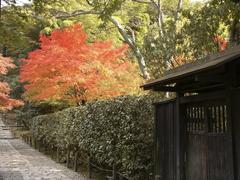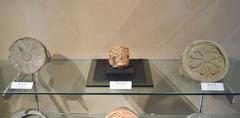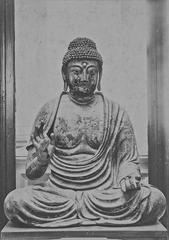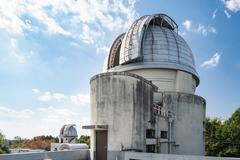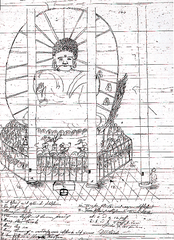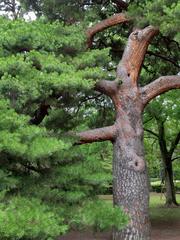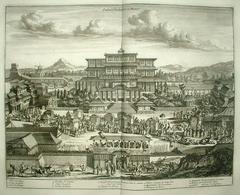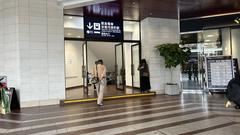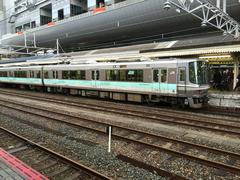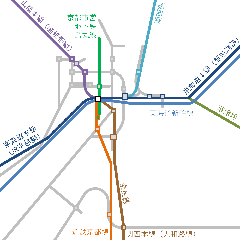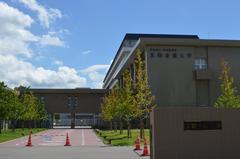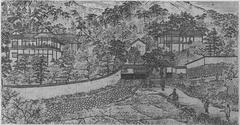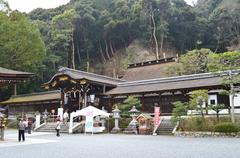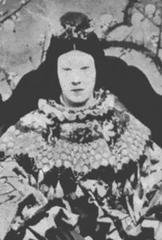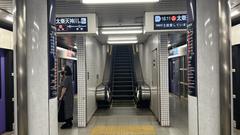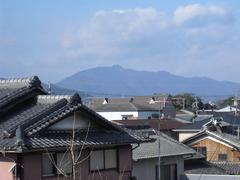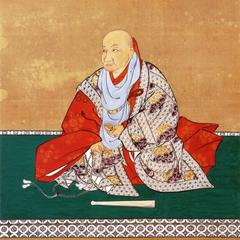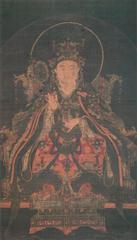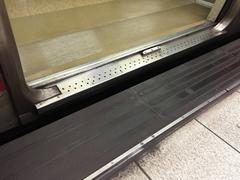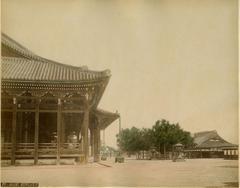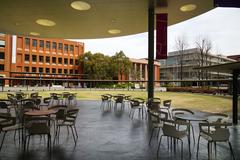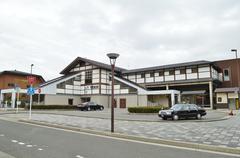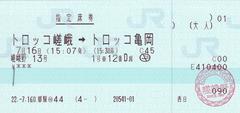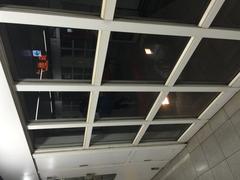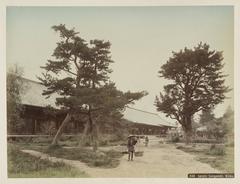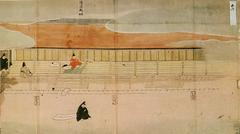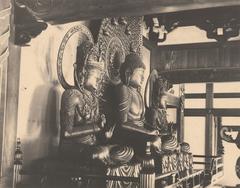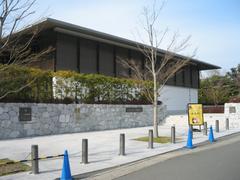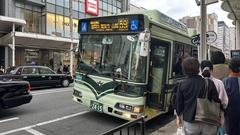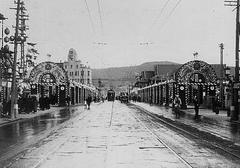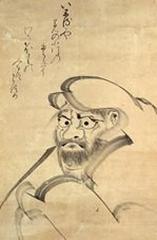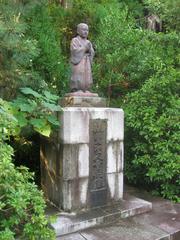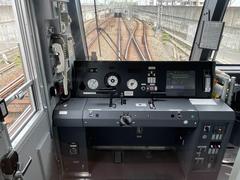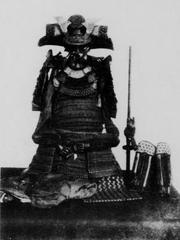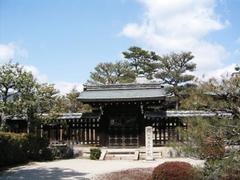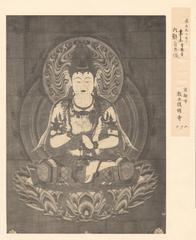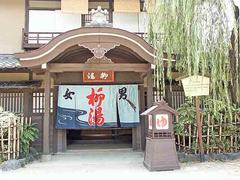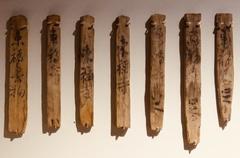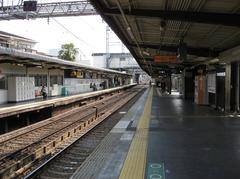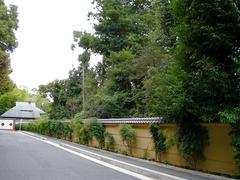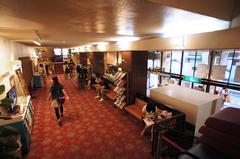
Fushimi-Momoyama Station Visiting Hours, Tickets, and Kyoto Historical Sites Guide
Date: 04/07/2025
Introduction
Fushimi-Momoyama Station, located in southern Kyoto, is much more than a transit point—it is the gateway to a district rich in history, culture, and tradition. This area, named after the influential Momoyama Period, is renowned for its ties to Toyotomi Hideyoshi, the grandeur of Momoyama Castle, and its world-class sake brewing. Whether you are a history enthusiast, sake connoisseur, or casual traveler, Fushimi-Momoyama offers a compelling blend of samurai heritage, scenic waterways, vibrant shopping arcades, and culinary delights. This guide provides an in-depth look at visiting hours, ticketing, key attractions, travel tips, and frequently asked questions to help you make the most of your journey through Kyoto’s storied southern gateway (Japan Travel Navitime; Gekkeikan; All About Japan).
Historical Background of Fushimi-Momoyama
Early Development and Strategic Importance
Historically, Fushimi developed at the confluence of several rivers and canals, making it a significant waypoint for commerce and transportation between Kyoto, Osaka, and Edo (Tokyo). The Uji Canal, in particular, established Fushimi as a busy trading port, a legacy that endures today with scenic canal cruises for visitors (Japan Travel Navitime).
The Momoyama Period and Hideyoshi’s Legacy
The late 16th century Momoyama Period saw Toyotomi Hideyoshi build the grand Momoyama Castle, transforming Fushimi into a political and cultural hub. The castle was both a symbol of national unification and a center for artisans and merchants. Though the original structure was lost and reconstructed, its historical and cultural influence is still evident throughout the district (Japan Travel Navitime).
Sake Brewing Tradition
Fushimi is celebrated as one of Japan’s premier sake-producing regions, thanks to its abundant and pure groundwater. The district became a sake powerhouse by the Edo period and is home to over 20 breweries within a short walk of the station. The Gekkeikan Okura Sake Museum, located in a restored Meiji-era brewery, offers visitors a chance to explore sake history and enjoy tastings (Kyoto Travel).
Urbanization and Preservation
Fushimi’s integration into Kyoto city did not erase its independent character. The lively shotengai (shopping arcades) and preservation of historic sites underscore ongoing efforts to maintain its unique heritage. The Fushimi Yumehyakushu, housed in the former Gekkeikan head office, now serves as a cultural hub and café, welcoming visitors to the heart of the sake district (Japan Travel Navitime).
Fushimi-Momoyama Station: Access, Hours, and Tickets
Station Overview and Access
Fushimi-Momoyama Station is on the Keihan Main Line, offering direct connections to central Kyoto, Osaka, and nearby attractions. The station’s proximity to the sake district, Momoyama Castle, and Fushimi Inari Taisha makes it an essential stop for travelers (Japan to Visit). It also links with the Kintetsu and JR lines, providing easy transit to Uji and Nara.
- Operating Hours: The station is open daily from around 5:00 AM to midnight.
- Tickets: Purchase train tickets at station kiosks or use IC cards like ICOCA or Suica.
- Accessibility: Elevators, ramps, and accessible restrooms are available. Most major attractions in the area are also wheelchair accessible.
Key Historical Sites and Attractions Near Fushimi-Momoyama Station
1. Fushimi-Momoyama Castle (Momoyama Castle)
- Opening Hours: 9:00 AM–5:00 PM (last entry 4:30 PM); hours may vary seasonally (Junket Japan).
- Admission: ¥600 (adults), ¥400 (high school students), ¥300 (children).
- Highlights: Panoramic views from the observation deck, samurai museum, beautiful castle grounds.
2. Gekkeikan Okura Sake Museum
- Hours: 9:00 AM–5:00 PM (last entry 4:30 PM), closed Wednesdays and New Year holidays.
- Admission: About ¥500; advance booking for tours recommended.
- Experience: Learn about sake brewing history, tour historic facilities, and sample sake (Japan Travel Navitime).
3. Fushimi Yumehyakushu
- Hours: 10:00 AM–6:00 PM; free entry.
- Features: Café, museum, and tourism information in a beautifully preserved brewery building.
4. Fushimi Ōtesuji Shōtengai (Shopping Arcade)
- Hours: 10:00 AM–7:00 PM.
- Entry: Free.
- Description: Historic 400-meter arcade filled with local shops, eateries, and bakeries (Fushimi Ōtesuji Shōtengai).
5. Jikkokubune Canal Cruises
- Operating Hours: 10:00 AM–4:00 PM.
- Tickets: Approx. ¥1,000 per adult; advance booking advised in peak seasons.
- Experience: Traditional boat rides along the historic canal, especially scenic during cherry blossom season (Fushimi Canal).
6. Teradaya Inn
- Hours: 10:00 AM–4:00 PM.
- Admission: Approx. ¥500.
- Significance: Historic inn central to samurai and Bakumatsu history (Teradaya Inn).
7. Fushimi Inari Taisha
- Hours: Open 24 hours.
- Admission: Free.
- Highlight: Thousands of iconic vermillion torii gates leading up Mount Inari (Fushimi Inari Taisha).
8. Fushimi Momoyama Mausoleum (Emperor Meiji’s Tomb)
- Hours: Daylight hours.
- Admission: Free.
- Feature: Serene, wooded burial mound of Emperor Meiji (Fushimi Momoyama no Misasagi).
9. Fushimi Magistrate’s Office Ruins
- Hours: Open year-round.
- Admission: Free.
- Description: Historic site from the Edo period with bilingual signage (Fushimi Magistrate’s Office Ruins).
10. Local Restaurants and Sake Bars
- Experience: Enjoy sake tasting sets and Kyoto-style cuisine at local izakayas and restaurants (Matcha JP).
Special Events and Seasonal Highlights
- Fushimi Sake Festival: Mid-March; features sake tastings, food stalls, and cultural performances (Japan Travel).
- Cherry Blossom Viewing (Hanami): Late March–early April; prime spots include the canal and castle grounds.
- Autumn Leaves (Momiji): November; the castle park and surrounding area are especially scenic (Zenkyoen).
- Fushimi Inari Taisha Grand Festival: August 20; major religious event (Matcha JP).
- Traditional Boat Cruises: Spring and autumn offer the most picturesque rides (All About Japan).
Transportation and Access
By Train
- From Kyoto Station: Kintetsu Kyoto Line or Keihan Main Line; 10–15 minutes to Fushimi-Momoyama Station.
- From Osaka: Keihan Main Line (approx. 40–45 minutes).
- Nearby Stations: Momoyama Goryo-mae (Kintetsu), Momoyama (JR Nara Line).
By Bus/Taxi
- Buses: Connect to local attractions, but trains are generally more efficient.
- Taxi: 15–20 minutes from Kyoto Station; costs around ¥2,000–¥2,500.
Station Facilities
Fushimi-Momoyama Station offers elevators, escalators, multilingual ticket machines, restrooms, and convenience stores, ensuring a smooth travel experience for all visitors.
Practical Visitor Tips
- Best Time to Visit: Cherry blossom (late March–early April) and autumn foliage (November). For sake tasting, November–February is ideal.
- Getting Around: Most attractions are walkable within 5–20 minutes. Bicycle rentals are available.
- Accessibility: Most modern facilities are accessible, but check ahead for historic sites.
- Language: Many sites offer English signage and tours; learning basic Japanese phrases enhances your visit.
- Luggage: Luggage forwarding services are available for convenience.
- Weather: Bring an umbrella in rainy seasons as some attractions require outdoor walking.
Frequently Asked Questions (FAQ)
Q: What are Fushimi-Momoyama Station’s visiting hours?
A: The station operates from around 5:00 AM to midnight daily.
Q: Is entry to Fushimi-Momoyama Station free?
A: Yes, but you’ll need a ticket or IC card for train travel.
Q: Are the main attractions wheelchair accessible?
A: Most modern attractions and the station are accessible; some historic sites may have limited access.
Q: How do I get tickets for brewery tours?
A: Purchase at the brewery, museum, or through official tourism websites. Advance reservations are often required.
Q: When are the sake festivals held?
A: The main sake festival is in mid-March, with other seasonal events throughout the year.
Visual and Interactive Resources
- Maps: Downloadable at tourist centers or online for brewery districts and walking routes.
- Virtual Tours: Find on the Gekkeikan Okura Sake Museum official site.
- Photography: The canal during cherry blossom season, castle grounds, and illuminated sake warehouses are recommended subjects.
Internal and External Resources
- Official Fushimi Momoyama Castle Website
- Kyoto Travel – Fushimi Area Guide
- Kintetsu Railway
- Keihan Electric Railway
- Kyoto City Tourism
Summary and Visit Tips
Fushimi-Momoyama Station and its historic district offer a vibrant tapestry of Kyoto’s past and present. With its celebrated sake breweries, samurai-era landmarks, lively shopping arcades, and scenic waterways, the area is ideal for visitors seeking an authentic Kyoto experience. Easy access by train, abundant cultural events, and a welcoming local atmosphere make it a must-visit destination. For up-to-date information, travel tips, and event schedules, consider downloading the Audiala app and following official tourism channels.
Embrace Kyoto’s southern gateway—Fushimi-Momoyama—and immerse yourself in its living history, unique flavors, and enduring traditions (Kyoto Travel; Japan to Visit; Junket Japan).
Sources and Further Reading
- Japan Travel Navitime – Fushimi-Momoyama Station and District
- Gekkeikan – Fushimi-Momoyama Station: Visiting Hours, Tickets, and Exploring Kyoto’s Historic District
- Junket Japan – Fushimi Momoyama Castle and Access Guide
- Magical Trip – Fushimi-Momoyama Station: Visiting Hours, Tickets, and Top Nearby Attractions in Kyoto
- Kyoto Travel – Hidden Gems of Kyoto: Fushimi in Winter
- All About Japan – Fushimi-Momoyama Station: Visiting Hours, Tickets, and Exploring Kyoto’s Historic District
- Japan to Visit – Fushimi Inari Hacks: Kyoto One Day Itinerary


